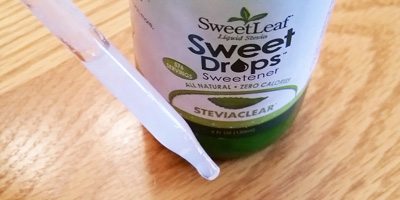Hidden, but visable if you know where to look, you can find the Biltmore Estate’s dirty secrets. They’re mostly across the river from Antler Hill Village.
A group of us with an interest in sustainable, healthy farming took a tour of the dirty (producing) side of Biltmore.
SO many fascinating things are going on in the “back 40”, it’s better to share an overview without going into too much detail, and include an Image Gallery you can peruse.
Our tour was led by the personable Dr. Ted Katsigianis, a 32 year Biltmore employee.
After earning master’s and Ph.D. degrees in animal science under adviser Thomas Merritt at Penn State, he worked as a livestock extension specialist at the Universities of Kentucky and Maryland. While at Maryland, a close friend called him about a buddy with a farm in North Carolina who was looking to get out of the dairy business and into beef cattle. The buddy turned out to be William Cecil, George Vanderbilt’s grandson. Katsigianis agreed to consult and eventually became a permanent employee of The Biltmore Company.
Dirty Secrets
aka What you probably don’t know about Agriculture & Farming at Biltmore:
- The pretty Gazebo just outside Lioncrest used to be a livestock sale ring.
- The old ferry used by anyone wanting to cross the river to the agriculture and farming side of the estate was replaced by a bridge about 4 years ago. Much easier for everyone, but a little piece of history gone.
- All electric livestock fences on property are solar powered.
- A couple dozen bee hives are producing honey used on the estate. They’re hoping to up production soon.
- Chicken and Quail are raised on property, producing eggs and meat for Biltmore’s many restaurants.
- Their chickens lay brown eggs and are the same heirloom breeds that Vanderbilt kept.
- A limited number of pasture-raised pork are on site.
- Estate sheep can be seen grazing under solar panels and throughout the vineyard. There are 150 to 175 lambs per season that supply Biltmore restaurants.
- A 42 acre man-made lake moderates temperatures year round in the vineyard and is also used for irrigation.
- Dairy cows used to reign, but it’s all Angus-Wagu cross now (600 to 700 head).
- Biltmore Chefs get 20lbs of prime cuts from each steer. They serve up to 50 steers per year.
- On-property solar panels (9 acres/5,000 panels to date) provide 25% of Biltmore’s power needs.
- There are four to five acres planted in vegetables and microgreens, but there are plans to expand that to twenty acres. Fifteen to twenty percent of all produce used in Estate restaurants is grown on property.
- Currently, 18 varieties of red and green lettuces are being grown hydroponically.
- Non-GMO Canola is a big crop on the estate now. Look for the beautiful yellow fields when the canola is blooming. They make bio-diesel fuel from the canola that powers many work vehicles. Their goal is to some day produce food-grade oil also. See photos of their lab in the Gallery.
- The Biltmore Mound, one of thirty currently documented archaeological sites on the estate, is an American Indian mound that was discovered in 1984 by an archaeologist working for the state. It remains today as a site that has over time yielded invaluable insight into the lives of the Connesstee indians, believed to be ancestors of the Cherokee tribe.
- Different colored signs on the trees in various parts of the estate indicate Biltmore Challenge equestrian endurance ride routes. We’re talking 25 to 100 mile rides completed in one day! Competitors from around the world regularly participate.
Biltmore’s dirty secrets are out! Hope you learned some interesting facts about what goes on at Biltmore behind the scenes.


